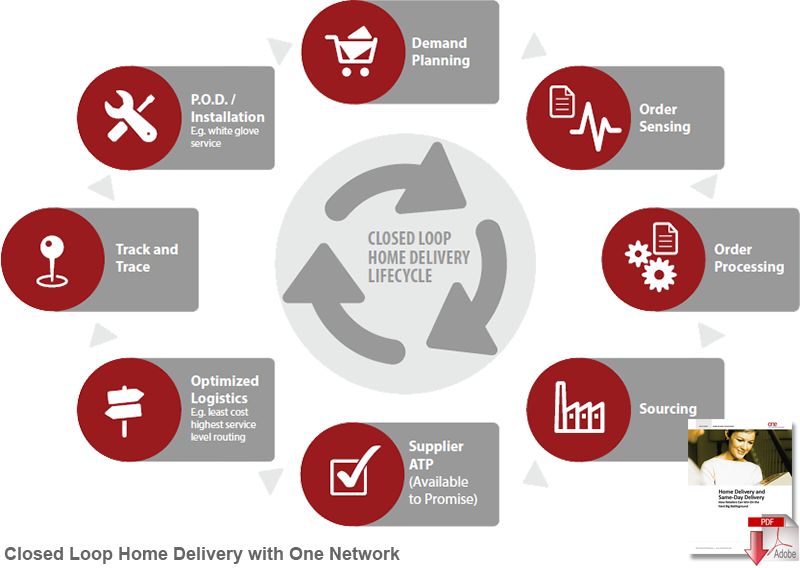Walmart is partnering with Uber and Lyft (and Deliv) to test a grocery delivery service, in a bid to directly compete with similar offerings from Amazon.
The pilot program will begin within the next two weeks in Denver and one other market, Michael Bender, Walmart’s head of e-commerce, said in a blog post this week.
A Walmart spokesman tells The Wall Street Journal that the service will launch in Denver and Phoenix. Company CEO Doug McMillon will discuss the program at Walmart’s annual shareholder meeting on Friday.
A last-mile delivery program would mark a direct challenge to Amazon, which has expanded its AmazonFresh grocery delivery service to several cities across the US.
Walmart launched a similar pilot program in Miami earlier this year, partnering with the delivery startup Deliv to provide groceries and other products from Sam’s Club.
The company has been looking to boost its e-commerce services to compete with Amazon, including an online order pickup program that aims to capitalize on its vast network of US retail locations.
Under the pilot program with Uber and Lyft, customers would place an order online and Walmart employees would prepare the items. The employees would then call an Uber and Lyft driver to deliver the order, with the customer paying a $7 to $10 delivery charge to Walmart.
“We’ll start small and let our customers guide us, but testing new things like last-mile delivery allow us to better evaluate the various ways we can best serve our customers how, when and where they need us,” Michael Bender (pictured above) said in the blog post.
Source: The Verge
The Essential Elements for Local Delivery within a complete Supply Chain Execution (SCE) system should include:
Appointment Scheduling
Outside of common Order Management Systems (OMS) features, delivery appointment scheduling capability is essential for last mile fulfillment.
The ability to schedule the order delivery at the point of sale, while considering the cost of delivery and existing delivery routes, requires orchestration with the inbound lead times and outbound route planning. Event management and alerting are also becoming more common for proactive, outbound customer communications.
Delivery Hub Management
In many instances, the starting point for the last mile is a regional facility rather than a Distribution Center (DC) or Fulfillment Center (FC). DC’s and FC’s will already have a robust Warehouse Management System (WMS).
As many regional delivery hubs do not require the full breadth and depth of a WMS, some basic functionality is still needed: receiving, cross docking, inventory visibility, labor and task management, staging, driver check-in and check-out, quality audit, loading, and shipping.
Route Planning and Optimization
These capabilities lie at the core of effective last mile delivery. They help drive satisfaction levels up and total cost to service the customer down. Getting more deliveries on fewer vehicles that drive fewer miles is a formula that will yield only positive results.
For last mile delivery, routes can be extremely dynamic, changing day to day (sometimes intra-day) as compared with typical “service routes” that vary little from one week to the next. Best of breed capabilities are a prerequisite.
Driver Companion
Devices can vary from phones, to tablets, to “phablets”, to laptops. Basic GPS is a given, but when synchronized with the appointment management system and route optimization the driver is now fully informed and enabled.
Customer information, order details, and specific delivery instructions are also provided. Proof of delivery information, including customer signature can be captured for immediate revenue recognition. Changes in customer availability can be communicated in real-time to the delivery team to reschedule and re-route.
Returns and Reverse Logistics
Orders and items coming from the customer back into your supply chain is a common scenario that impacts customer service, route planning, inventory/finance, and driver awareness and cannot be overlooked when defining requirements for supply chain execution.
Related: How Last Mile Delivery Affects the Supply Chain

Article topics
Email Sign Up



















